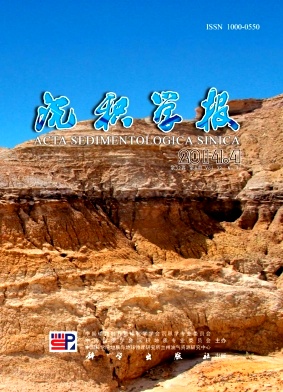Reconsideration on Petroleum Exploration Prospects in the Kalpin Thrust Belt of Northwestern Tarim Basin
- Publish Date: 2014-08-10
-
Key words:
- Kalpin thrust belt /
- Cambrian salt-gypsum rock /
- residual oil reservoir of Ordovician reservoir /
- biolithite of the Carboniferous and Permian /
Abstract: The Kalpin area develops multilayer source rocks of Cambrian, Ordovician, Carboniferous and Permian. The oil seepages are distributed widely with multiple layers. The Kalpin area underwent a large-scale hydrocarbon accumulation and destructive process. The preservation conditions are the key factors for petroleum exploration activity. As a high-quality caprock, the Cambrian salt-gypsum rock constitutes a good combination with the source rock of Yuertusi Formation, and the carbonate reservoir of inter-salt and subsalt. The light oil seepages of outcrop in Qingsong Ordovician stone pit indicate the possible presence of residual carbonate reservoirs, and Cincinnatian reservoir of the Central plateau uplift in the USA is a good example for the shallow reservoir. The oil seeps are mostly outcropped in the Carboniferous and Permian, and oil and gas reservoir may be preserved with good reservoir performance of Carboniferous and Permian biolithite in the burial area. The field investigation is difficult to further deepen the understanding and exploration in Kalpin thrust belt, and well drilling is necessary after the evaluation and selection of geological targets. Under the current economic and technological conditions, three geological targets are more realistic: Salamubulake anticline is needed to understand the Cambrian salt-gypsum rock, source rock of Yuertusi Formaiton, and oil possibilities in the carbonate reservoir of inter-salt and subsalt; the residual reservoir distribution in the Qingsong Ordovician stone pit; the reef limestone of Carboniferous and Permian in the Halajun Basin in the southwest of Piqiang village.
| Citation: | Reconsideration on Petroleum Exploration Prospects in the Kalpin Thrust Belt of Northwestern Tarim Basin[J]. Acta Sedimentologica Sinica, 2014, 32(4): 766-775. |






 DownLoad:
DownLoad: